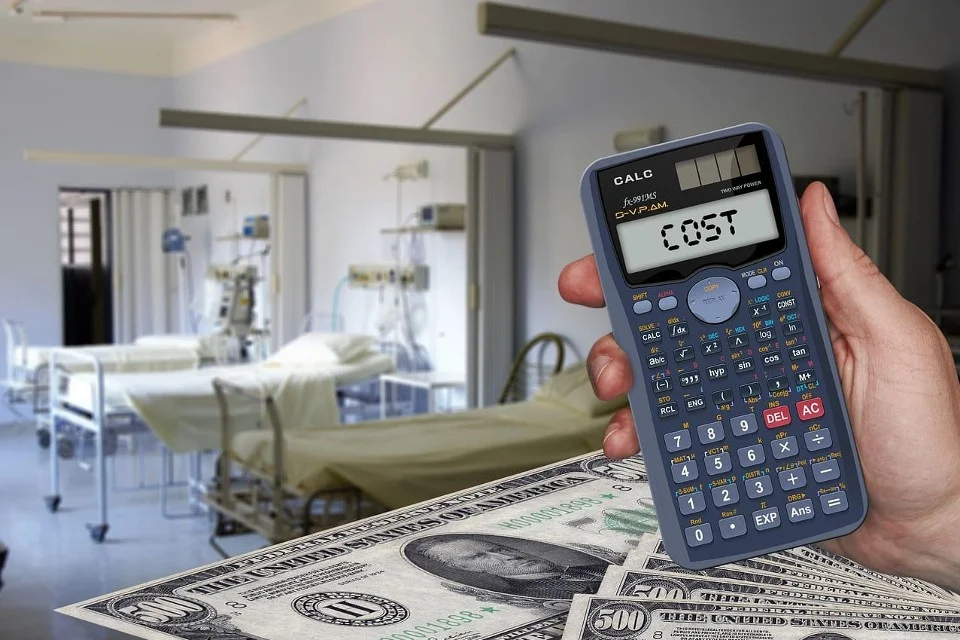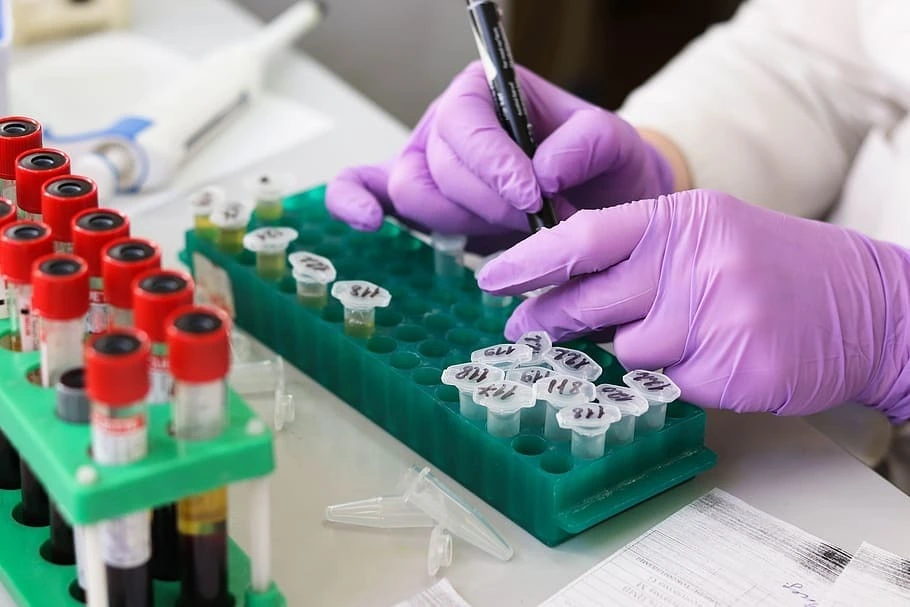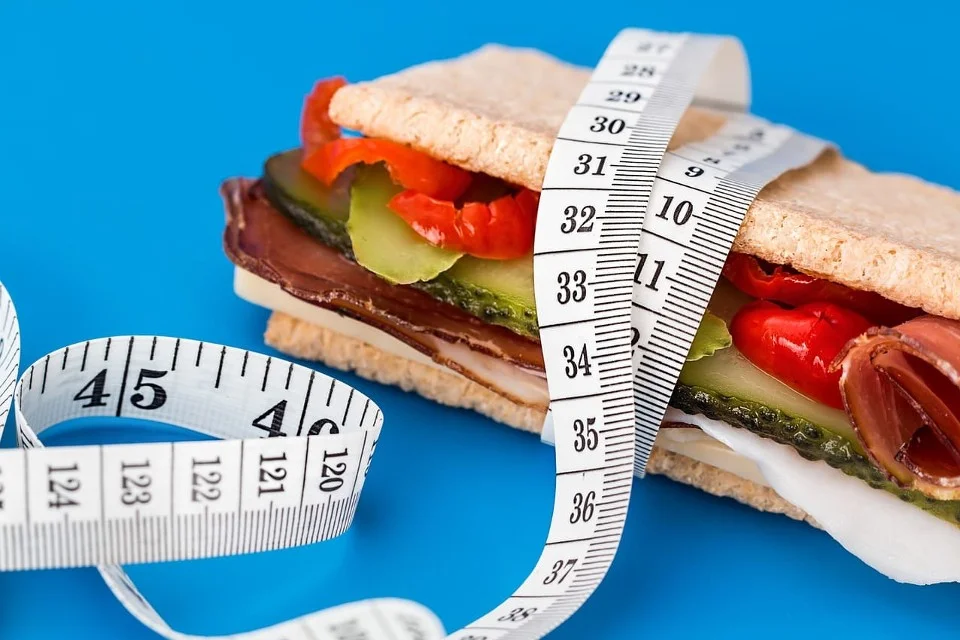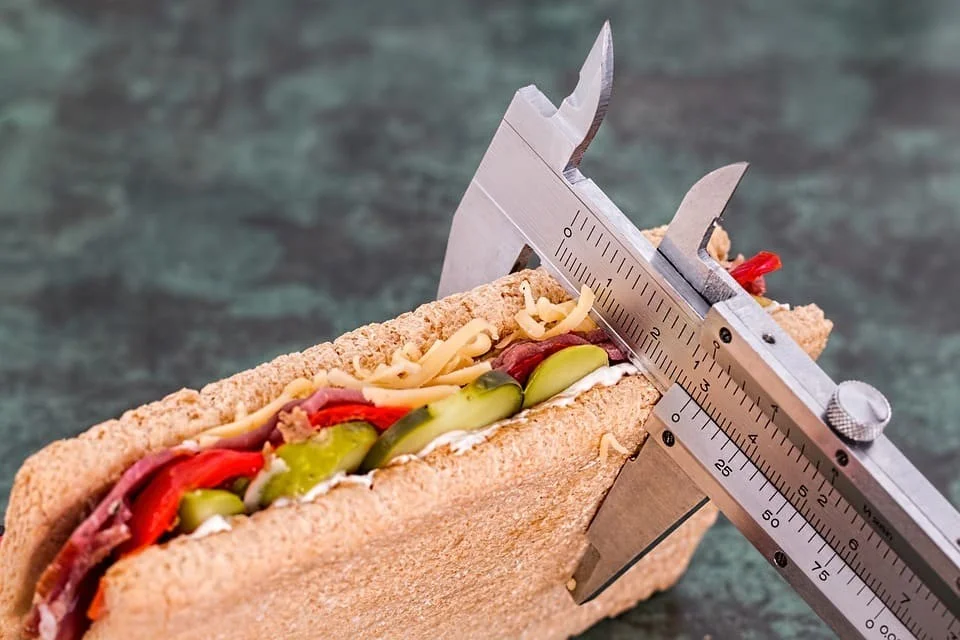How To Check Blood Type At Home?
FEATURES
How to Check Blood Type at Home with Crossfitfenway.Com
Introduction
In the age of digital convenience, websites like crossfitfenway.com offer a variety of tools to simplify complex tasks. Among the many calculators available, some platforms provide tools to estimate or calculate your blood type. Here's a step-by-step guide on how to check your blood type using Crossfitfenway.
Step 1: Visit crossfitfenway.com
Navigate to the website crossfitfenway.com using your preferred web browser.
Step 2: Explore the Health or Medical Section
Once on the website, look for a health or medical section where you might find tools related to blood type calculation or estimation. Websites often organize their calculators into categories for easy navigation.
Step 3: Locate the Blood Type Calculator
Within the health or medical section, search for a blood type calculator or a tool related to blood type estimation. It might be labeled as 'Blood Type Calculator' or something similar.
Step 4: Input Relevant Information
Follow the instructions on the calculator tool. You may need to input certain information such as your Parent 1 Blood Type and Parent 2 Blood Type details. Crossfitfenway, like many online platforms, may use algorithms based on population genetics to provide an estimation.
Step 5: Receive Your Result
Once you've provided the necessary information, the calculator should generate an estimate of your blood type. Results may be presented in the ABO system (A, B, AB, O) along with the Rh factor (positive or negative).
Step 6: Understand the Results
Take a moment to understand the implications of the results. Blood type estimations are usually based on statistical models, so they provide an educated guess rather than a definitive medical diagnosis. If you have concerns or need accurate information, consult with a healthcare professional.
ABO Blood Type Compatibility:
A blood transfusion table typically outlines compatibility between different blood types to ensure safe and effective transfusions. The two primary systems used for blood typing are the ABO system (categorizing blood into types A, B, AB, and O) and the Rh system (positively or negatively identifying the presence of the Rh factor). Here is a general guide to blood transfusion compatibility:
Donor's Blood Type / Recipient's Blood Type:
A: A, AB
B: B, AB
AB: AB
O: A, B, AB, O
Rh Factor Compatibility:
Rh-positive (Rh+): Rh-positive (Rh+), Rh-negative (Rh-)
Rh-negative (Rh-): Rh-negative (Rh+ or Rh-)
Blood Transfusion Compatibility Table:
| Recipient's Blood Type | Donor's Blood Type | Compatibility |
|---|---|---|
| A | A, O | Rh+/- |
| B | B, O | Rh+/- |
| AB | A, B, AB, O | Rh+/- |
| O | O | Rh+/- |
Rh Factor Considerations:
Rh-positive blood can generally be given to Rh-positive or Rh-negative individuals.
Rh-negative blood is usually reserved for Rh-negative recipients to avoid potential immune reactions.
Universal Donor and Universal Recipient:
Universal Donor: O-negative (O-). This blood type is compatible with all other blood types, making it suitable for emergency transfusions when the recipient's blood type is unknown.
Universal Recipient: AB-positive (AB+). This blood type can receive blood from any ABO and Rh-compatible donor.
Remember, this is a simplified guide, and medical professionals always conduct specific tests to ensure compatibility during blood transfusions. Blood compatibility is a critical aspect of healthcare, and deviations from these general guidelines can have serious consequences. Always consult with healthcare professionals for accurate information and guidance on blood transfusions.
Conclusion:
Checking your blood type at home using online tools can be a quick and accessible way to gain insights into your health. Websites like crossfitfenway.com provide a range of calculators designed to make complex information more understandable. Remember that while these tools can offer useful estimates, they are not a substitute for professional medical advice. If you have questions or uncertainties about your blood type, consult with a healthcare provider for personalized and accurate information.
TOOLS
How To Check Blood Type At Home
FAQ
Your ABO type and a positive or negative Rh factor determine your blood type. In addition to numerous unusual blood types, there are eight common blood types: A+, A-, B+, B-, AB+, AB-, O+, and O-. Your blood type is inherited genetically from your parents, just like eye color.
Both O positive and O negative are in great demand. O negatives make up just 7% of the population. However, because O negative blood is most frequently utilized in emergencies, there is a greater need for it. O+ is highly required because it makes up the majority of the blood type (37% of the population).
O positive blood is the most common blood type as well, accounting for about 38% of the population. Furthermore, although O+ red blood cells are not uniformly compatible with all other types, they are compatible with all other positive red blood cells (A+, B+, O+, AB+).
Therefore, if both parents have the blood group O, the offspring that results is O.
The percentage of Americans with AB positive blood is less than 4%. Because AB positive individuals can receive red blood cells from all blood types, they are referred to as the universal recipient blood type.
The rarest blood types are:
B negative(B -ve), which is found in 1.5 percent of the total population.
AB negative(AB -ve), which is found in 0.6 percent of the total population.
AB positive(AB +ve), which is found in 3.4 percent of the total population.
A quick blood typing kit can be used at home to determine a person's blood type. One must use a needle to prick their finger in order to use the kit. Reagents are chemicals that are included on a card in the kit. These check for the Rh factor and the existence of antibodies.
A simple, self-testing blood type kit that includes everything you need to find out your blood type and rhesus factor without any discomfort in the comfort of your own home. Everything you need is included in this reasonably priced kit, including instructions, alcohol prep, a finger lancet, plastic applicator sticks, and a testing card.
Reviews
Ratings Summary:
Average Rating: 4.8
Rating Count: 12456
Existing Reviews
John Doe
Rating: 4
Great product, highly recommended!
Jane Smith
Rating: 5
Amazing service, will definitely come back.
Blood Group Predictor Tool
Thank you for using our services
If you could share our website with your friends, that would be a great help









